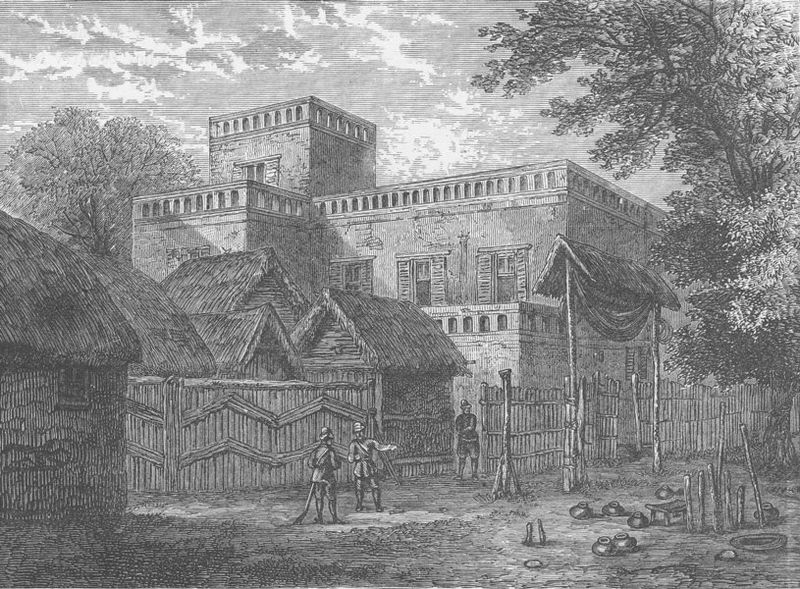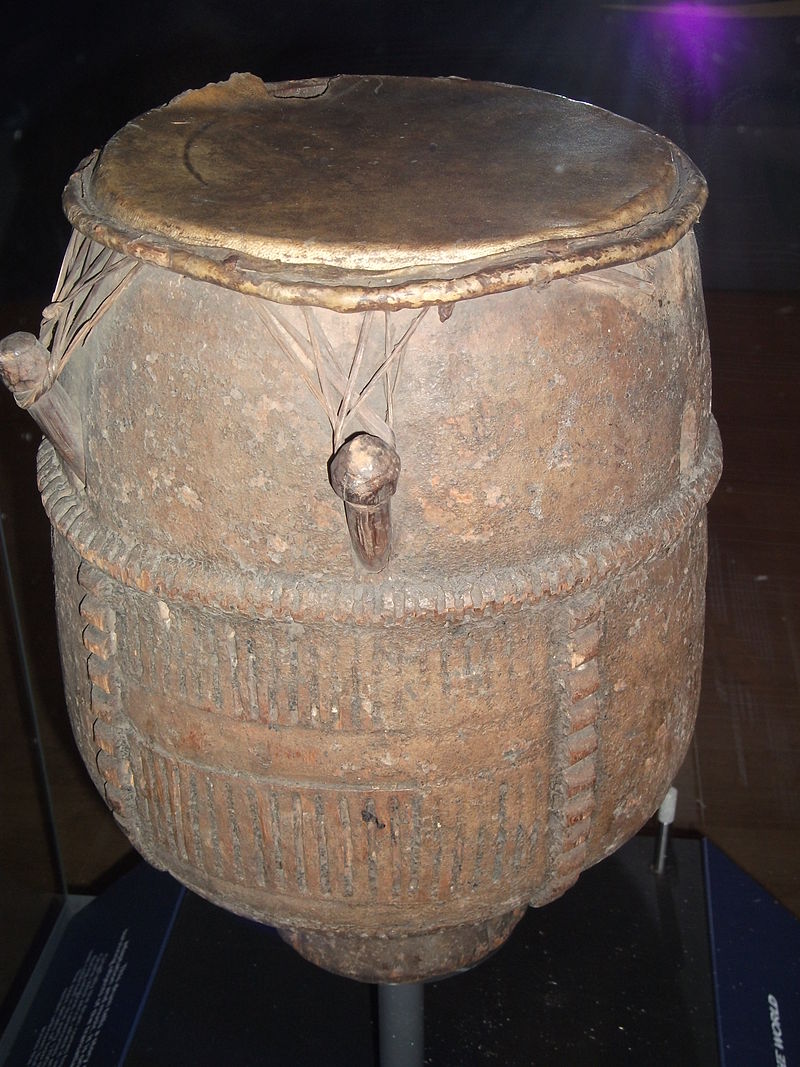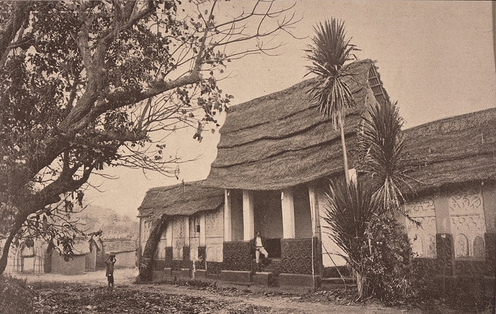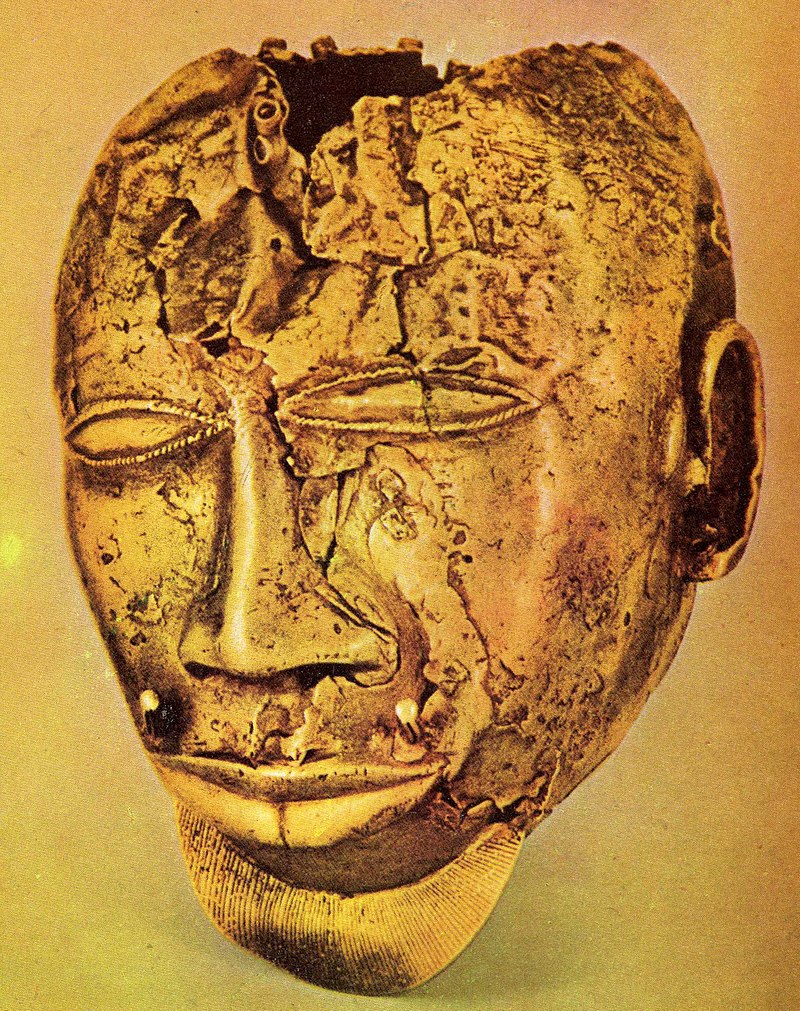Ashanti Empire
Key Points
- The Ashanti Empire (also spelled Asante) was an Akan empire and kingdom in what is now modern-day Ghana from 1670 to 1957.
- Due to the empire's military prowess, wealth, architecture, sophisticated hierarchy and culture, the Ashanti Kingdom has been extensively studied and has more historiographies by European, primarily British, authors than any other indigenous culture of Sub-Saharan Africa.
- The Ashanti Kingdom was established in the late 17th century by King Osei Tutu (c. 1695 – 1717) and his adviser Okomfo Anokye with the Golden Stool of Asante as a sole unifying symbol. Osei Tutu oversaw a massive Ashanti territorial expansion, building up the army by introducing new organisation and turning a disciplined royal and paramilitary army into an effective fighting machine.
- The Ashanti armies served the empire well, supporting its long period of expansion and subsequent resistance to European colonization. Armament was primarily with firearms, but some historians hold that indigenous organization and leadership probably played a more crucial role in Ashanti successes.
- The Ashanti government was built upon a sophisticated bureaucracy in Kumasi, with separate ministries to handle the state's affairs. Of particular note was Ashanti's Foreign Office based in Kumasi;. It allowed the state to pursue complex negotiations with foreign powers. The Office was divided into departments to handle relations separately with the British, French, Dutch, and Arabs.
- Before the Ashanti Kingdom had contact with Europeans, it had a flourishing trade with other African states due to the Ashanti gold wealth. Trade with European states began after contact with the Portuguese in the 15th century AD. When the gold mines in the Sahel started to play out, the Ashanti Kingdom rose to prominence as the major player in the gold trade. At the height of the Ashanti Kingdom, the Ashanti people became wealthy through the trading of gold mined from their territory.
- In 1701, the Ashanti army conquered Denkyira, giving the Ashanti access to the Gulf of Guinea and the Atlantic Ocean coastal trade with Europeans, notably the Dutch.
- The original palace of the Asantehene in Kumasi, from European accounts, was massive and ornately built. The current residence of the Asantehene is the Manhyia Palace built in 1925 by the British and presented to the Prempeh I as a present upon his return from exile. The original palace of the Asantehene in Kumasi was burned down by the British in 1875.
- The Ashanti invented the Fontomfrom, an Asante talking drum, and they also invented the Akan Drum. They drummed messages to distances of over 300 kilometres (200 mi), as rapidly as a telegraph. Asante dialect (Twi) and Akan, the language of the Ashanti people is tonal and more meaning is generated by tone. The drums reproduced these tones, punctuations, and the accents of a phrase so that the cultivated ear hears the entirety of the phrase itself.
- Slavery was historically a tradition in the Ashanti Empire, with slaves typically taken as captives from enemies in warfare. The welfare of their slaves varied from being able to acquire wealth and intermarry with the master's family to being sacrificed in funeral ceremonies. The Ashanti believed that slaves would follow their masters into the afterlife. Slaves could sometimes own other slaves, and could also request a new master if the slave believed he or she was being severely mistreated.
- Today, the Ashanti Kingdom survives as a constitutionally protected, sub-national proto-state and traditional state in union with the Republic of Ghana.
Read more: https://en.wikipedia.org/wiki/Ashanti_Empire
X
External Links
This page uses materials from Wikipedia available in the references. It is released under the Creative Commons Attribution-Share-Alike License 3.0.
References Wikipedia contributors. (2019, January 27). Ashanti Empire. In Wikipedia, The Free Encyclopedia. Retrieved 19:38, February 3, 2019, from Link




